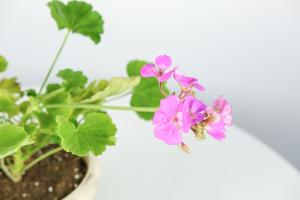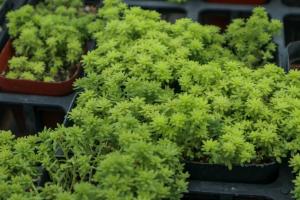Introduction
Transplanting plants and trees is a common practice in gardens and landscapes. It involves moving a plant from one location to another in order to improve its growing conditions, enhance its beauty, or renew a tired or damaged plant. However, transplanting is not always successful, and timing is one of the most critical factors that determine the success or failure of the process. In this article, we will explore the best time to transplant plants and trees, based on specific factors that affect their growth and survival.
Transplanting for Roots and Shoots
Transplanting involves the movement of plants from one soil environment to another. The action of removing them from their original soil environment either destroys, disturbs, or interrupts their roots or shoots. Therefore, before transplanting, gardeners or landscapers must establish the plant's root structure, water absorption rate, and nutrient absorption capacity. In addition, they must assess the environment into which the plant will be transplanted to determine its moisture, nutrient content, and compatibility with the plant species. Ideally, for roots and shoots, transplanting is best done during the growing season when the plant is actively growing and gaining strength. During this period, the plant is most likely to respond positively to the transplant process.
Transplanting Young vs. Mature Plants
Another important factor to consider when transplanting plants and trees is their maturity level. Generally, it is easier to transplant younger plants compared to more mature ones. Young plants have smaller root systems, are generally more adaptable to changes, and have a higher survival rate after transplanting. On the other hand, mature plants have well-established roots that are difficult to dig up and move. Transplanting mature trees can be more challenging and can cause more damage to the tree's root structure. In this case, root pruning may be necessary to reduce the size of the root system before transplanting. In summary, it is best to transplant young plants rather than mature ones.
Transplanting Based on Seasonal Conditions
The best time to transplant plants and trees depends significantly on the seasonal conditions. In general, the preferred time to transplant trees is during their dormant season, which is usually from late fall to early spring. During this period, the tree is not actively growing and losing water quickly through transpiration. Therefore, it is less likely to experience stress and can devote more energy towards the healing and establishment of new roots. Conversely, it is not recommended to transplant during the summer months when the plants are actively growing and are likely to experience water stress. Spring transplanting can also be challenging, as the soil is usually wet, which increases the risk of root damage and disease.
Transplanting for Specific Plant Species
Some plant species have specific requirements for successful transplanting. For example, deciduous trees can be successfully transplanted during their dormant season but are more challenging to transplant during the growing season. Transplanting conifers, on the other hand, can be done during both the growing and dormant seasons. Perennial plants benefit from transplanting during their dormant season, while annuals are best transplanted during their vegetative growth stage. In addition, some plant species have shallow root systems, and transplanting them requires precise attention to the root structure to avoid damage. Therefore, it is essential to understand plant-specific requirements before transplanting.
Conclusion
In conclusion, transplanting plants and trees is a delicate process that requires attention to several factors. The best time to transplant plants and trees depends on their root and shoot condition, age, seasonal conditions, and specific plant requirements. To ensure successful transplanting, gardeners and landscapers should consider these factors before transplanting and follow proper planting techniques to minimize damage to the plant. A successful transplant will lead to renewed growth, improve plant health, and increase the aesthetic beauty of the landscape.

 how many times do yo...
how many times do yo... how many planted tre...
how many planted tre... how many pine trees ...
how many pine trees ... how many pecan trees...
how many pecan trees... how many plants comp...
how many plants comp... how many plants can ...
how many plants can ... how many plants and ...
how many plants and ... how many pepper plan...
how many pepper plan...































